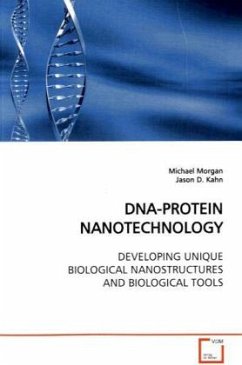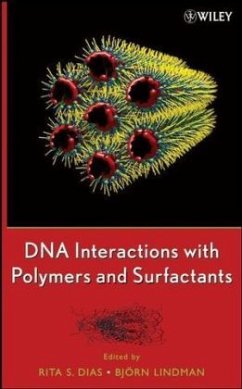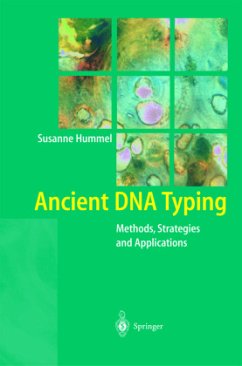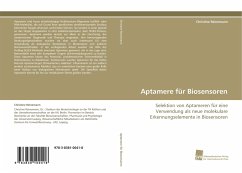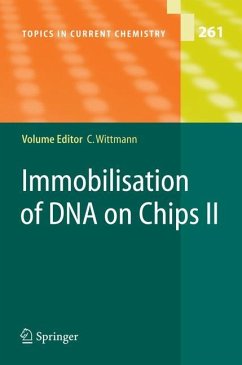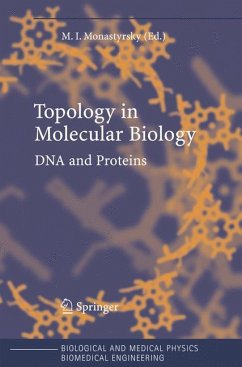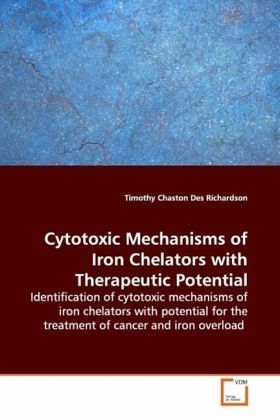
Cytotoxic Mechanisms of Iron Chelators with Therapeutic Potential
Identification of cytotoxic mechanisms of iron chelators with potential for the treatment of cancer and iron overload
Versandkostenfrei!
Versandfertig in 6-10 Tagen
45,99 €
inkl. MwSt.

PAYBACK Punkte
23 °P sammeln!
For many years iron chelators have been used for thetreatment of iron overload disease and cancer.Nonetheless, the development of novel syntheticchelators with improved bioavaliability and reducedcytotoxicity remains an area of much interest. Thisthesis is an examination of some mechanisms throughwhich iron binding agents cause toxicity. Two novelclasses of iron chelator were compared to clinicallyrelevant chelators with a range of cytotoxicprofiles. A variety of assays were employed tocategorise these agents in terms of their capacity towithdraw iron from cells, to generate oxygen radicalsand...
For many years iron chelators have been used for the
treatment of iron overload disease and cancer.
Nonetheless, the development of novel synthetic
chelators with improved bioavaliability and reduced
cytotoxicity remains an area of much interest. This
thesis is an examination of some mechanisms through
which iron binding agents cause toxicity. Two novel
classes of iron chelator were compared to clinically
relevant chelators with a range of cytotoxic
profiles. A variety of assays were employed to
categorise these agents in terms of their capacity to
withdraw iron from cells, to generate oxygen radicals
and to damage to DNA. In correlating these properties
with in vitro effects on proliferation it emerges
that toxicity of iron chelators arises from cellular
iron deprivation, the induction of oxidative stress
and biomolecular localisation of oxygen radicals.
In identifying functional structural elements and
iron binding motifs this work indicates biological
consequences to be considered in the design of iron
binding chemotherapeutic agents.
treatment of iron overload disease and cancer.
Nonetheless, the development of novel synthetic
chelators with improved bioavaliability and reduced
cytotoxicity remains an area of much interest. This
thesis is an examination of some mechanisms through
which iron binding agents cause toxicity. Two novel
classes of iron chelator were compared to clinically
relevant chelators with a range of cytotoxic
profiles. A variety of assays were employed to
categorise these agents in terms of their capacity to
withdraw iron from cells, to generate oxygen radicals
and to damage to DNA. In correlating these properties
with in vitro effects on proliferation it emerges
that toxicity of iron chelators arises from cellular
iron deprivation, the induction of oxidative stress
and biomolecular localisation of oxygen radicals.
In identifying functional structural elements and
iron binding motifs this work indicates biological
consequences to be considered in the design of iron
binding chemotherapeutic agents.





